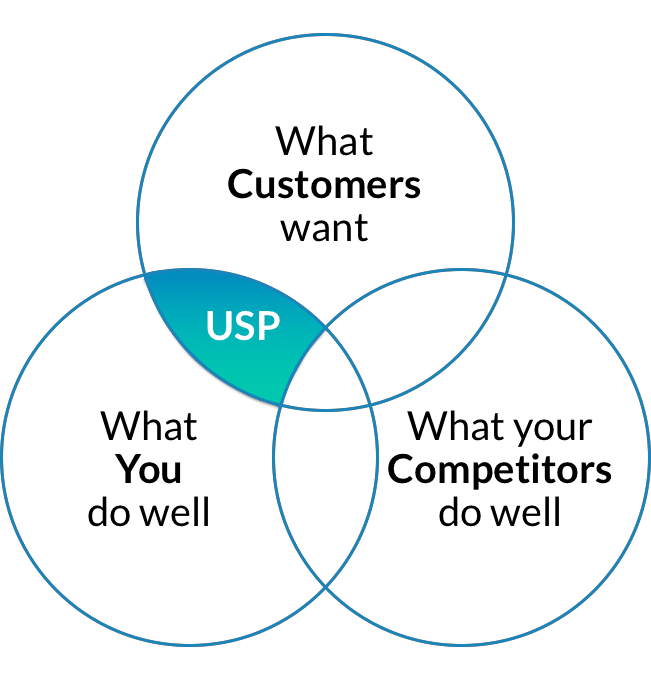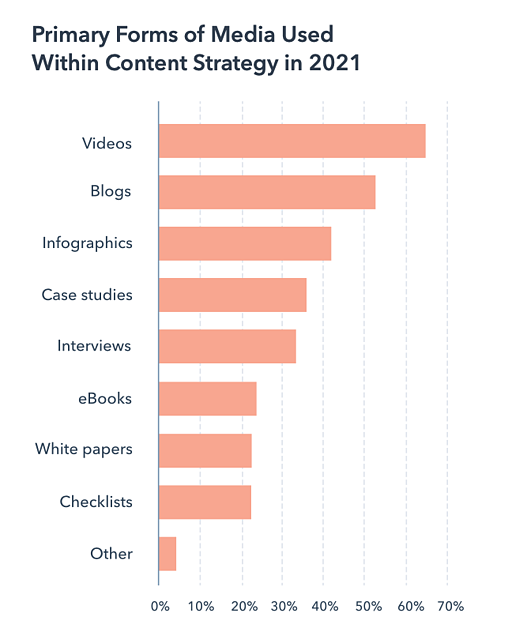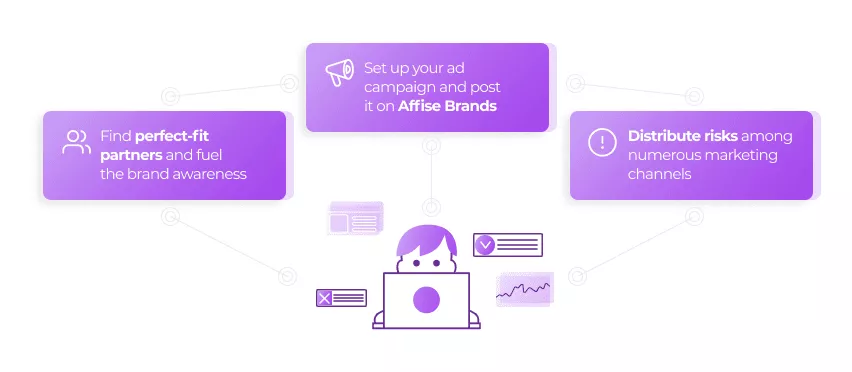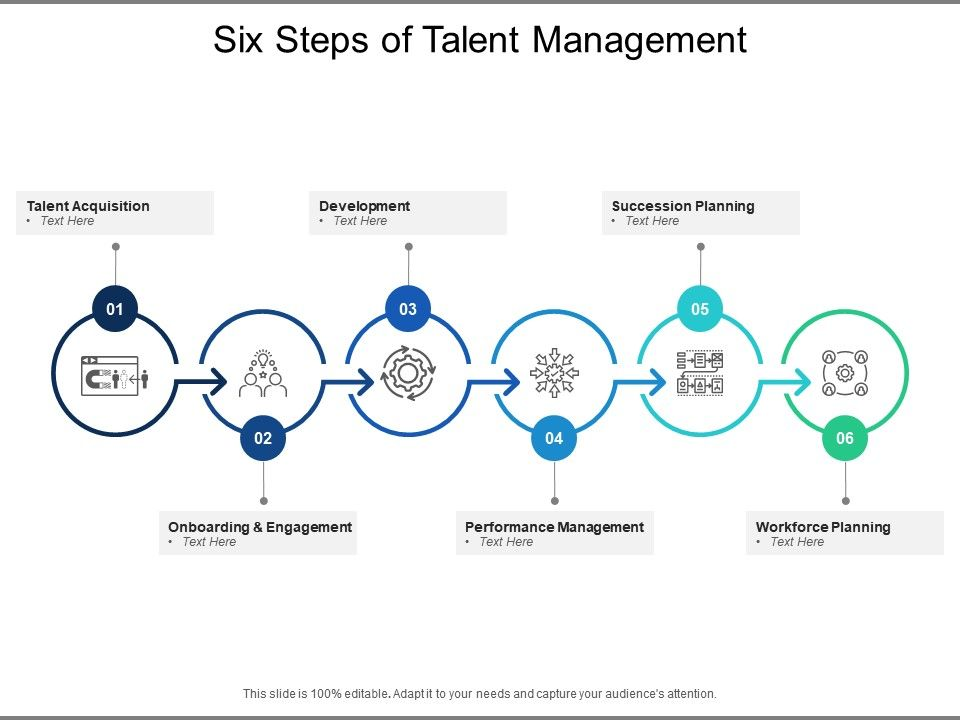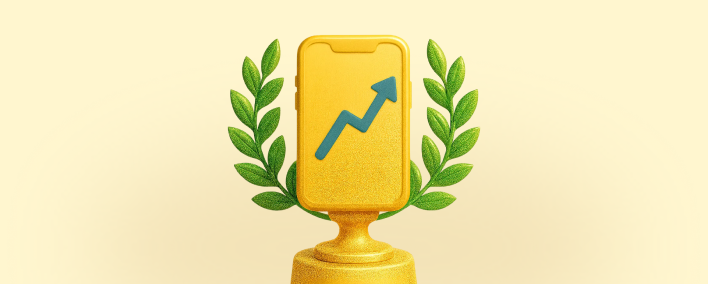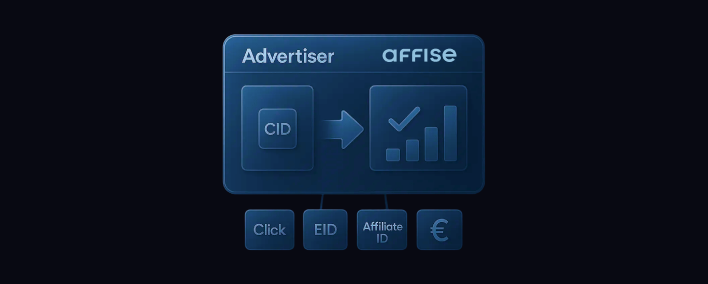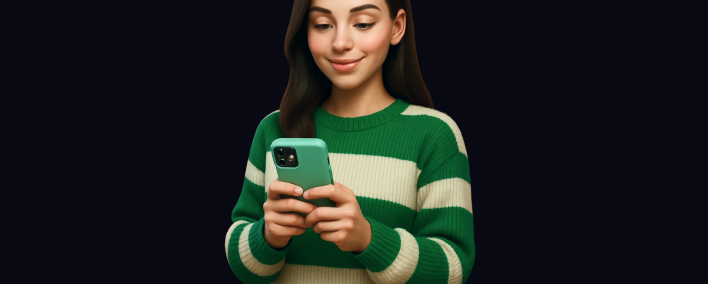Another effective reputation-boosting tactic is to form a marketing partnership with an established business. For new businesses in particular, affiliation with a respected brand grants bountiful credibility while increasing your brand’s awareness, in turn generating a higher volume of positive online opinions.
And, of course, don’t neglect the management of your offline reputation either. If you’re a local store, word of mouth is as integral to your business growth as your online presence, so always deliver impeccable customer service as a priority.
8. Market Development
Targeting a new market with a current product range is a market expansion strategy with sustainable potential. If there’s no room for growth in your current market, but your product is performing well, discovering and targeting an unserved market can bring in a wave of high-value customers.
Market development can come in many different forms depending on individual budgets and practicalities. Two of the most commonly used market development strategies are geographical expansion and demographic expansion.
Geographic Expansion
Brands like Adidas and Nike successfully performed geographic expansion when they created targeted international marketing campaigns to access unserved customers overseas. While a small business might not have the funds to go global—although the rise of ecommerce is making it a feasible venture for many—geographic expansion can still be achieved by sourcing unserved customers in nearby towns or cities.
Demographic Expansion
A prime example of demographic expansion is Uber, who targeted lower-income customers with their ride-sharing service, and higher-income customers with their luxury experience service. This strategy often involves either offering an alternative option to your service or finding a new use for your current product, closely relating it to market segmentation.
Remember, a market development strategy focuses on selling a current (albeit sometimes slightly altered) product to a new market. It might be tempting to create a whole new product for your new target market, but throwing yourself into a diversification strategy without doing your research can have dire consequences.
The toothpaste brand Colgate found this out when their frozen dinner product line backfired tremendously, so always, always do your research before entering a new market.
9. Innovation Strategy
Innovations are exciting. Not only do they keep customers interested in your brand, but they position you as a force to be reckoned with in your market. As one of the oldest and most coveted business growth strategies out there, innovation is renowned for its profitability and market share growth capabilities.
Consistently modernizing your product or how you deliver your service is a prime example of an innovation strategy that aims to keep your brand fresh and profitable. Leading innovators like Apple and Google are continuously utilizing new technologies and creating new products to stay ahead of competitors and set lasting trends.
Of course, not all businesses can innovate in a similar fashion. However, valuing innovation is so much more than just creating a trend-setting product. Utilizing innovation within the workplace can optimize workflows and cultivate a creative, open-minded culture, increasing growth on a monumental scale.
Encourage innovative ideas, embrace new technologies, and don’t be afraid to switch up your processes, software, or programs. Despite the myths you hear about platform migration, it is actually much easier than you might think.
10. Strategic Partnerships
Strategic partnerships involve two businesses combining forces to expand and diversify their reach. These brands don’t even have to be similar—take Spotify and Uber for example, who created a partnership allowing premium Spotify members to play their own music while journeying with Uber. As long as there’s some common ground, a shared goal can create a mutually-beneficial partnership.
The benefits of strategic marketing partnerships are particularly significant for small businesses in the ecommerce space. Brands can form marketing partnerships with networks in their niche, providing even new businesses with brand awareness, additional resources, brand credibility, and potentially even opening up markets that were previously unattainable.
Because of all these benefits, marketing partnerships in particular have become an integral part of most ecommerce business’ marketing strategies.
Quality strategic marketing partnership opportunities can be difficult to find. Affise Reach offers a hassle-free solution, providing brands with access to 1000+ networks and agencies on an exclusive database.
You can set up and post ad campaigns to find perfectly-aligned business partners, and use the data transfer platform CPAPI to automate the process of connection and collaboration for time-efficient business growth.














